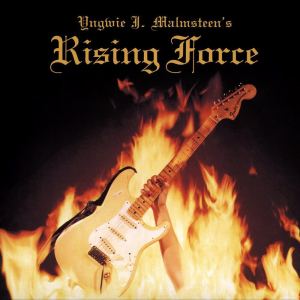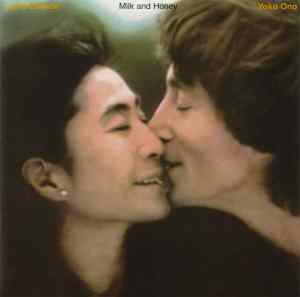 ‘Every record should be compared to silence. Silence is perfect. What are you going to put on it?’
‘Every record should be compared to silence. Silence is perfect. What are you going to put on it?’
Paul Buchanan, 1984
The Blue Nile’s debut album A Walk Across The Rooftops – released 40 years ago today – embraced silence. The first minute of the title track was a case in point. Buyers all over the UK were wondering if their tapes and records were faulty.
In a superb year for debut albums, the Scottish trio stole a march on David Sylvian, beating his Brilliant Trees by two months, though Scott Walker was first out of the traps with Climate Of Hunter. Both Sylvian and Walker reportedly adored A Walk, as did Peter Gabriel and Brian Eno.
The album has a funny/weird backstory involving the Bee Gees, Krankees and Spice Girls, well worth checking out. But how does my original Linn/Virgin CD (catalogue number LKHCD1) sound 40 years on? Fantastic. Seldom have acoustic drums and pianos been better recorded, the songwriting is solid and every electronic noise has its place.
‘Tinseltown In The Rain’ and ‘Heatwave’ would make for superb hi-fi testers. Buchanan’s voice is original and affecting. Lyrically, his speciality seems to be life-changing realisations in ordinary settings. The title track, for instance, was reportedly inspired by the view outside his Edinburgh kitchen window.
A Walk only got to #80 in the UK on release but became a formidable sleeper hit and has apparently sold way beyond the band’s wildest expectations. They waited five years to release followup Hats, an album many rate as superior to A Walk. Not this writer though. A great debut album in a decade full of them.

 When movingtheriver started playing guitar and buying muso magazines in the late 1980s, the name Yngwie J Malmsteen seemed to inspire awe throughout the whole ‘scene’.
When movingtheriver started playing guitar and buying muso magazines in the late 1980s, the name Yngwie J Malmsteen seemed to inspire awe throughout the whole ‘scene’.

 Of all the musical scenes that emerged during the 1980s, M-BASE – a Brooklyn-originated fusion of jazz and funk with many other influences thrown in – may be the least understood/remembered.
Of all the musical scenes that emerged during the 1980s, M-BASE – a Brooklyn-originated fusion of jazz and funk with many other influences thrown in – may be the least understood/remembered.



